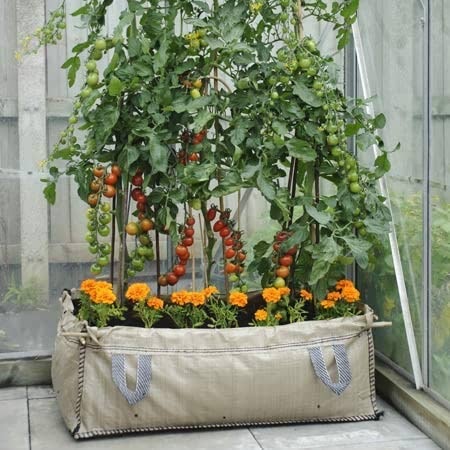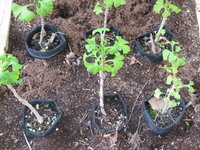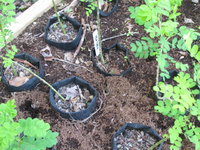I have used root control bags when growing advanced trees for landscape planting. The bags make it so much easier to lift the trees when grown. The material the bag is made of allows feeder roots to grow through to get nutrients and water but constricts those roots as they get thicker and so root prunes all thicker roots. That root pruning means there are lots of new roots constantly forming just inside the bag so when the bag is removed and the tree planted there are lots of roots ready to grow out into surrounding soil. RCBs are also good because the trees do not need to be potted up after removal. They can be stored, sold and transported in the bags. That's great for landscape trees.
My only experience with Root Control Bags is also with Telperion Farms, I personally harvested 2 large pines, one JBP and one Scotts.
Both trees had 2-3 large escaped roots 1"-1.5" in diameter, once located and cut with loppers they lifted out easily, the bags were filled with feeder roots.
The JBP has an awesome 360 degree nebari, Scotts is so so about 270 degrees.

 www.nehydro.com
www.nehydro.com

 www.nehydro.com
www.nehydro.com







